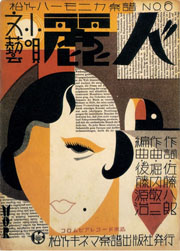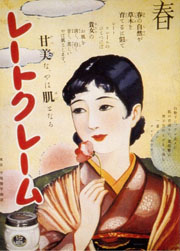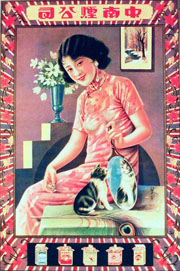Nancy Smith-Hefner
The “new” Indonesian middle class emerged in the early 1980s in the context of New Order educational expansion, economic growth, and bureaucratic consolidation (Hill 1994; Robinson 1996; Tanter and Young 1990). Among specialists of Southeast Asia, however, questions emerge as to how to define this new Indonesian middle class. What, after all, is so “new” about it? Is the key political participation, economic mobility, or something else? The German sociologist Solvay Gerke (2000) has suggested that in the late 1990s, the emerging middle class was identifiable by its consumption-oriented lifestyle and leisure habits that included shopping, sports, travel and watching Western movies. Adopting a Bourdieuian framework, she argues for an approach that considers lived experience or habitus as not only constitutive of class but also as embodying the distinctive aspects which distinguish one class from another (2000:146).
Drawing on Gerke’s suggestions, I examine the lifestyles and leisure habits of educated Javanese youth in the city of Yogyakarta. Largely overlooked in studies of the Indonesian middle class (see Robinson 1995, Shirashi 1997, van Leeuwen 2005), Islam, I suggest, is a central element in the new middle-class habitus. I argue further that the growing resurgence of Islam among the Indonesian middle class has implications for modern forms of leisure and consumption, and is nurturing the development of multiple and competing forms of middle class modernity.



